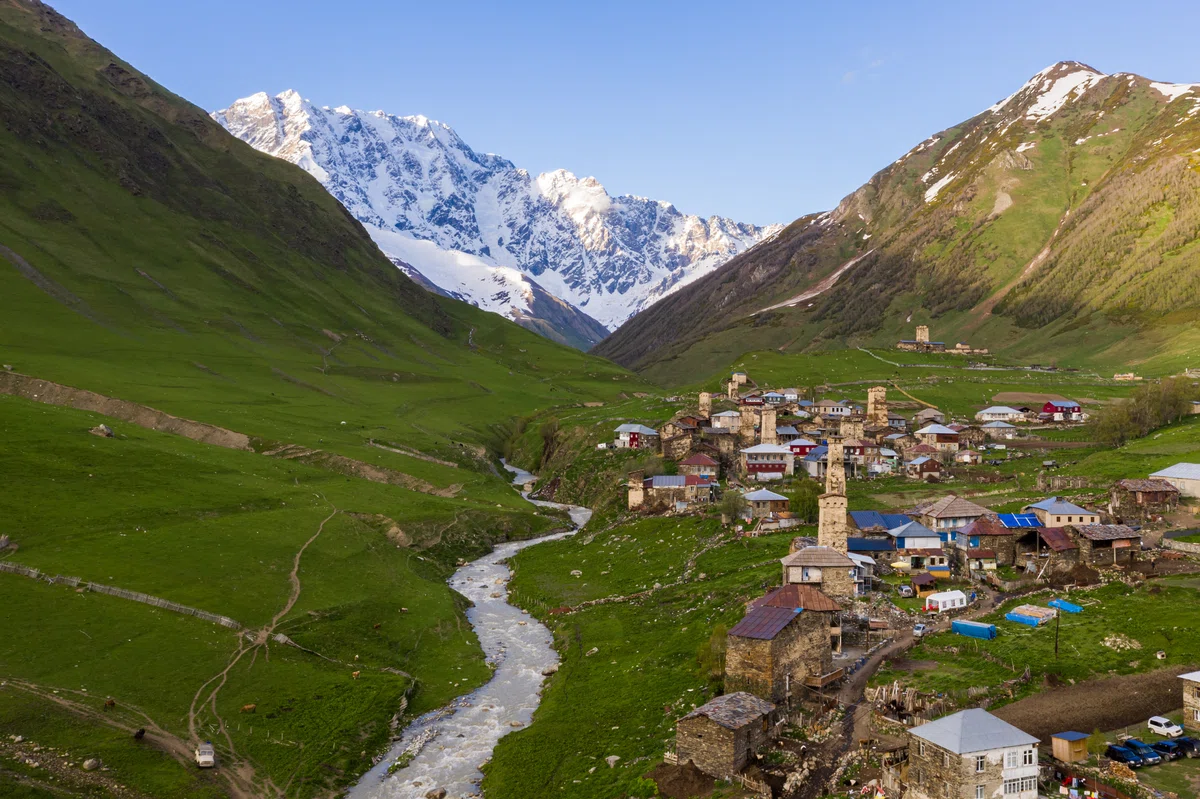
Ushguli, the highest mountain village in Europe, where to live in Ushguli, what to see, how to get there, what is famous
Active recreation in the mountains of Georgia cannot do without a visit to Ushguli - the highest mountain village in Europe. Why to go there, what to see, where to stay overnight, how to behave with the locals - you will learn about all this in our article. Get to know the customs of the proud Svans, get a thrill!
All about vacations in Ushguli⬇️
Svaneti is a mountainous region in northwestern Georgia, a place where pristine nature has been preserved. The region attracts tourists from different countries, although this beauty is not easy to reach.
They come here to walk the mountain trails, to enjoy the beauty of natural landscapes, to plunge into the Middle Ages. And most importantly, to see the famous towers of Svan. And for a thrill, too, because you can get to Ushguli, except on foot, by a narrow mountain road, over a precipice.
Ushguli village
The Ushguli community is considered to be the highest place in Europe where people live permanently. It is a community, not a village. It is located at an altitude of 2,200 meters, at the foot of Shkhara, the highest mountain in Georgia - 5,193 meters.
Ethnographers tend to believe that the name Ushguli consists of two words "ushishari" and "Guli", which means "fearless in heart". The people here are courageous and fearless. They have lived by their own laws for centuries, defended their villages from enemies, and survived in difficult natural conditions.
The community consists of 4 villages: Chazhashi, Zhibiani, Chvibiani, Murkmeli, which includes 70 families, about 200 people, a school, and stores. Due to natural and climatic conditions, the community is cut off from the outer world for half a year - snowfalls close all the roads.
Chvibiani is the center of community life; the village is populated with the main infrastructure: guesthouses, hotels, cafes, a couple of stores, a museum.
Chazhashi is an open-air museum. Between the houses and towers you can walk or ride a horse. The streets are very narrow. It is worth wandering around them to understand and feel the local color. Chazhash towers are covered with flagstone, which distinguishes them from the others.
Thanks to the preservation of the medieval appearance of Chazhashi and the natural landscape, Ushguli village and the towers of Svan are included in the list of monuments protected by UNESCO.
Near the village, the Lower Chazhashi Castle stood on a hill, of which only ruins remain. It offers the best views of the villages and surrounding mountains. And on the top of the hill, behind the forest - the upper castle. Legend has it that Queen Tamara stayed there.
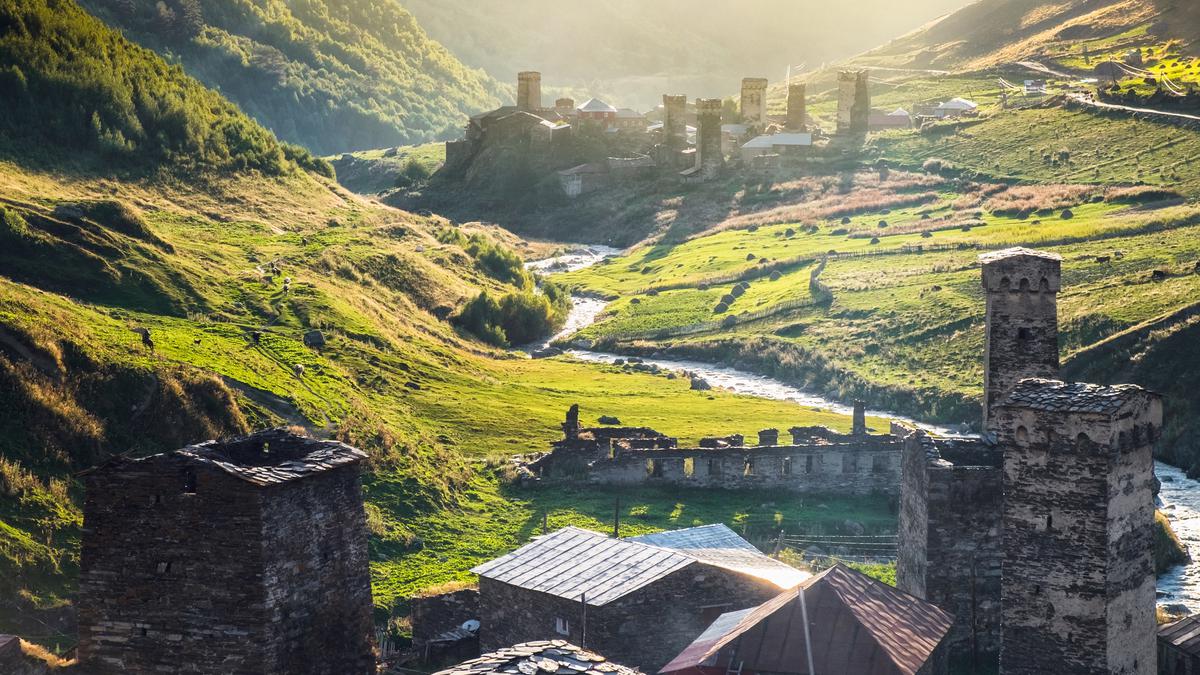
In the village of Murkmeli it is worth seeing the church of St. Barbara and the Church of the Savior.
Jibiani. Tourist interest is caused by the White Church or Jrag. It is also called the church of St. George. Nearby stands Lamariya monastery, surrounded by a wall of stone.
Svans differ from the inhabitants of the plains by their closed nature. Yes, they are hospitable and friendly. But they don't engage in long conversations with strangers. Sometimes you can arrange for a night and dinner at the home of a Svan family. But do not expect a big family feast with rivers of wine, stories about life in the mountains.
It is not customary for Svans, and also - they often drink vodka, not wine. The inhabitants of the mountains are calm, unhurried, accept life as it is, with humility and a certain obedience to fate. But all will stand up to defend their homes from the enemy without hesitation. It so happens that this mountain village has never been invaded by the enemy.
The nature itself affects the characters of local people and their way of life. People continue to live by the ancient laws of the tribal community. There are no special excesses, everything is made so that it was convenient.
There are watchtowers on the outskirts of villages. Each family had its own family tower near the house. It functioned as a watchtower, a storehouse for food and shelter in case of siege. A secret passage or tunnel led from the house to the tower.
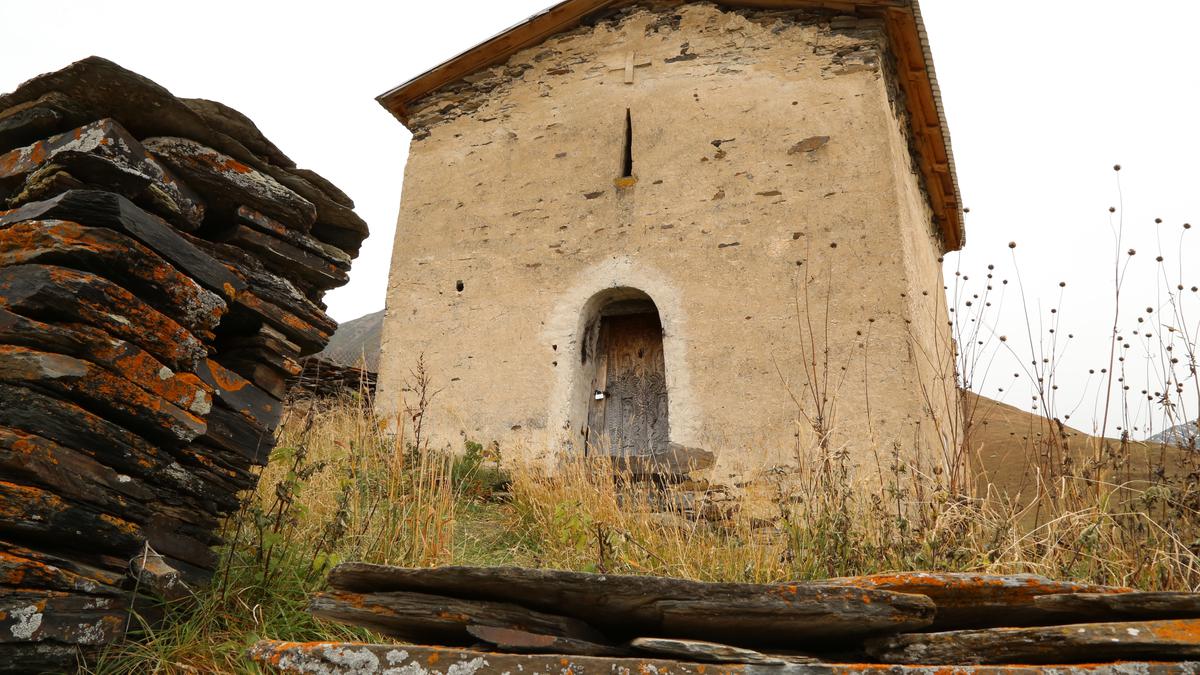
Roads leading to Ushguli
There is a plane to Mestia from Tbilisi, but not every day. You can take a train to Zugdidi, and then take a shuttle bus. Or you can go directly from Tbilisi by a rented car, preferably an SUV.
From the district center, the village of Mestia, to the community is 45-50 km. If you want to hike on foot, it will take several days.
If time is limited, then rent a car with a local driver in Mestia for 180-200 GEL. Then the trip will take only one day, you will have time to see the main sights of Upper Svaneti.
The road goes along the canyon, along the Inguri. The beauty of nature takes your breath away! By agreement with the driver you can stop for a photo break in the most picturesque places.
There is also a road from Lentekhi to Ushguli. It is in poor condition and not many people use it. Only in dry weather by a powerful off-road vehicle. Most often, people walk here. In order to better understand and examine these places, it is worth to stay in the community. Through reservation sites you can book a place in a high mountain hotel, or guest house.
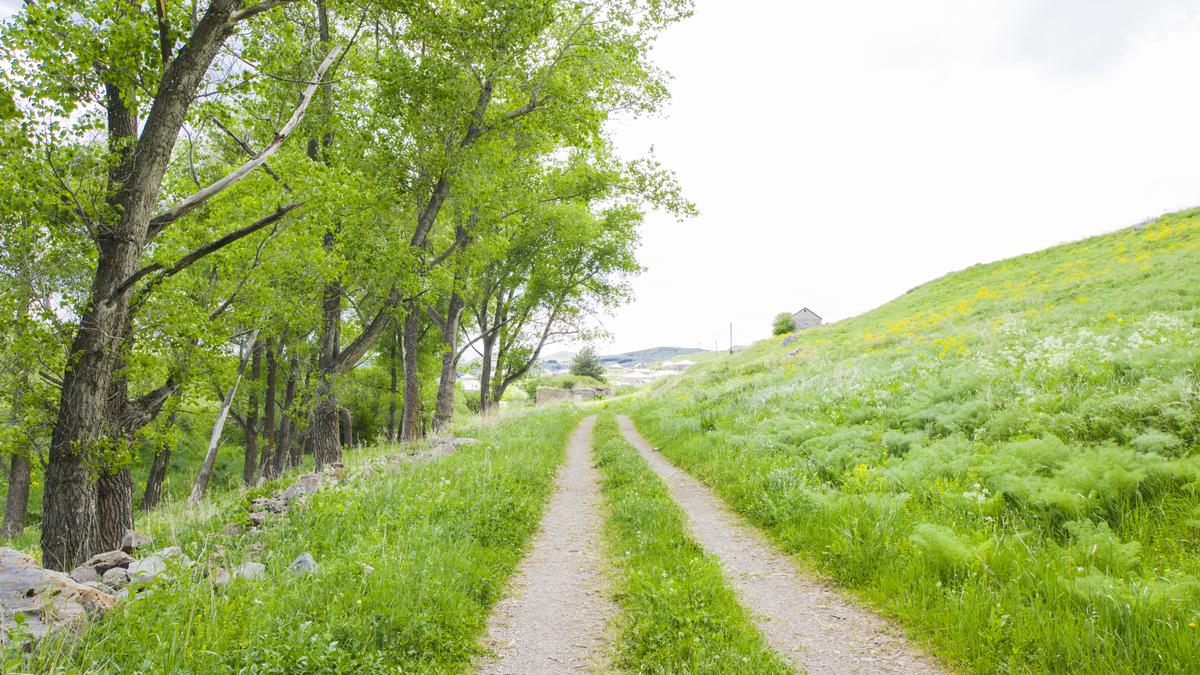
Ushguli Tourist Menu
- There are museums in Mestia. One of them is the Museum of History and Ethnography of Svaneti. Here everything is about the life and traditions of the Svanetians. Many valuable relics have been collected in old villages, all of them are kept in the museum.
- Medieval fortified houses, towers and temples.
The main attraction of Ushguli are more than 200 famous towers of Svan, which were built in the 8th-13th centuries, all of which are in good condition. The towers are stone, several stories high, wooden ceilings inside. They had no entrance from the street. Now for tourists in some of the towers are made doors, you can enter, but carefully, so as not to get injured.
There are five temples on the territory of the community. This is due to difficult natural conditions. For almost half a year the residents are cut off from the outside world. And Georgians, including Svans, are very religious.
Zhibiani has two museums: an ethnographic museum and a museum of icons.
The ethnographic museum is housed in a private house. It itself is a landmark, built in the 16th century. The museum is private and is open from morning till late evening. The cost of a visit is 5 GEL.
- Mountain skiing: Tetnuldi and Khatsvali resorts.
- Horse rides on mountain trails.
- Trekking on foot:
- Mestia - Ushguli (about 50 km, 3-4 days);
- Jabeshi-Ushguli (3 days);
- Ushguli - Shkhara glacier, the source of the Inguri (6-7 km one way, 7-8 hours);
- Lentekhi - Ushguli (55 km). The route through Zagarsky pass is not easy: there will be serpentines, steep paths. At an altitude of 1840 m. in 1960 built camp climbers Zesho. Tourists will also see the abandoned temples of the 8th-9th centuries;
- Ushguli - Latpari pass - the shortest route.
Contemplation of the surrounding nature, meditation with a view of the Shkhara.
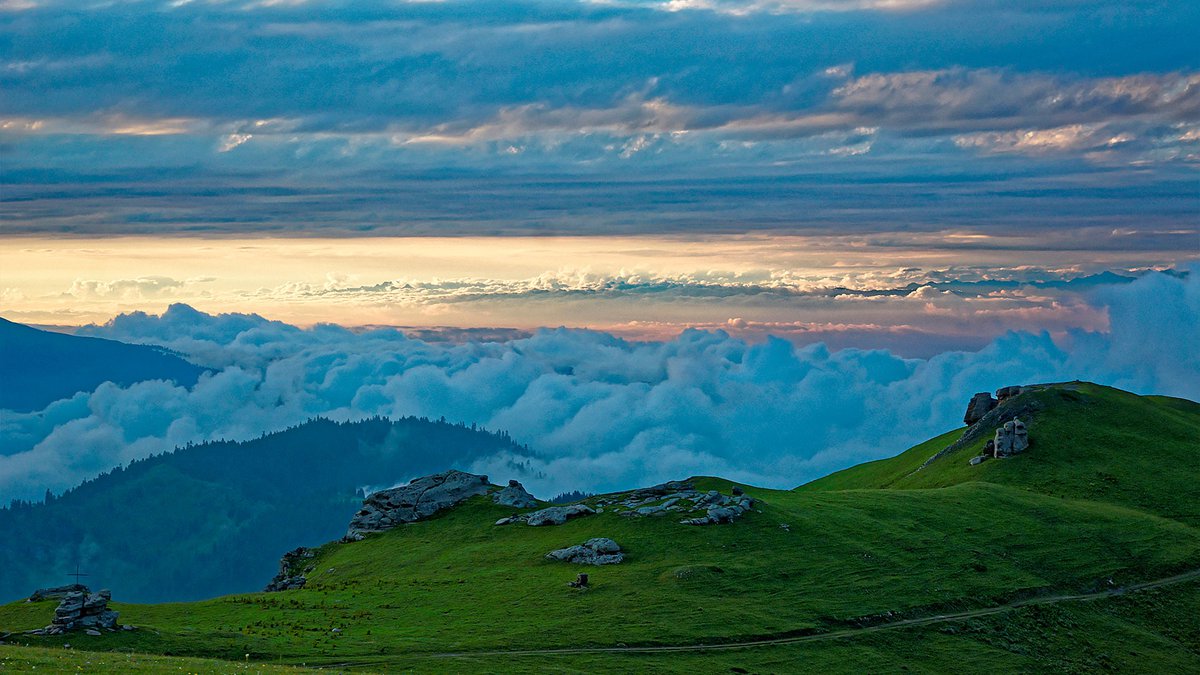
Where to live
Despite the fact that life here has changed little over the centuries, civilization is coming here as well. The tourist infrastructure is developing.
Hotels are located in the village of Chvibiani, there is also a famous tourist cafe "Koshki", which has a good view of the Shkhara Mountain.
There is another option of accommodation: for a certain fee to set up a tent in the yard of a private house. You can use electricity, water and all the conveniences the hosts have. If you're not ready to sleep away from people but want to camp, look for signs that say "Place for tent". This is semi-extreme lodging.
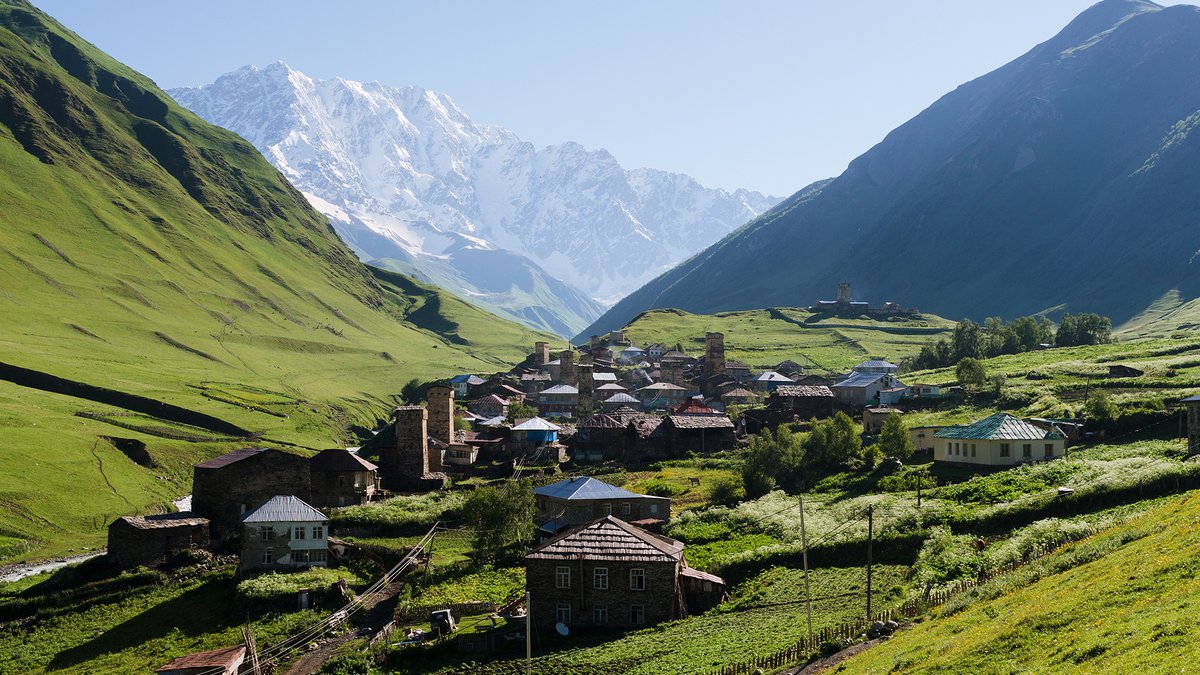
Ushguli has preserved the atmosphere of the Middle Ages. One should come here to get acquainted with the customs and culture of the proud Svans and try to understand them.
On a small territory there is a large number of attractions. All this is against a backdrop of wild, unconquered nature. There is no other place like this in Georgia. That is why tourists are eager to get here, not paying attention to all the road difficulties.












32 comments
Log in to leave a comment
Отдельное спасибо за практические советы о том, как добраться и где остановиться. Очень полезно для планирования поездки. А ещё мне кажется интересным идея разместиться в палатке во дворе — звучит как настоящий опыт погружения в атмосферу. Теперь Ушгули точно в моём списке мест, которые нужно посетить!